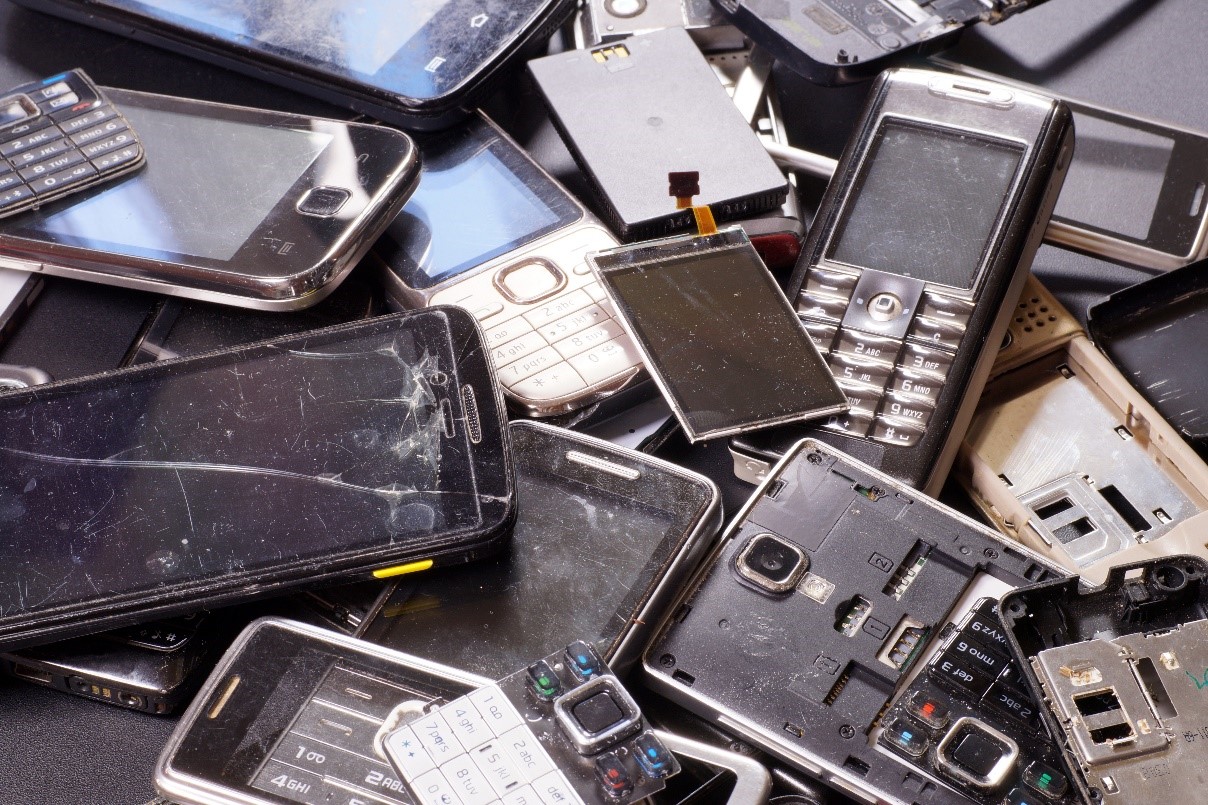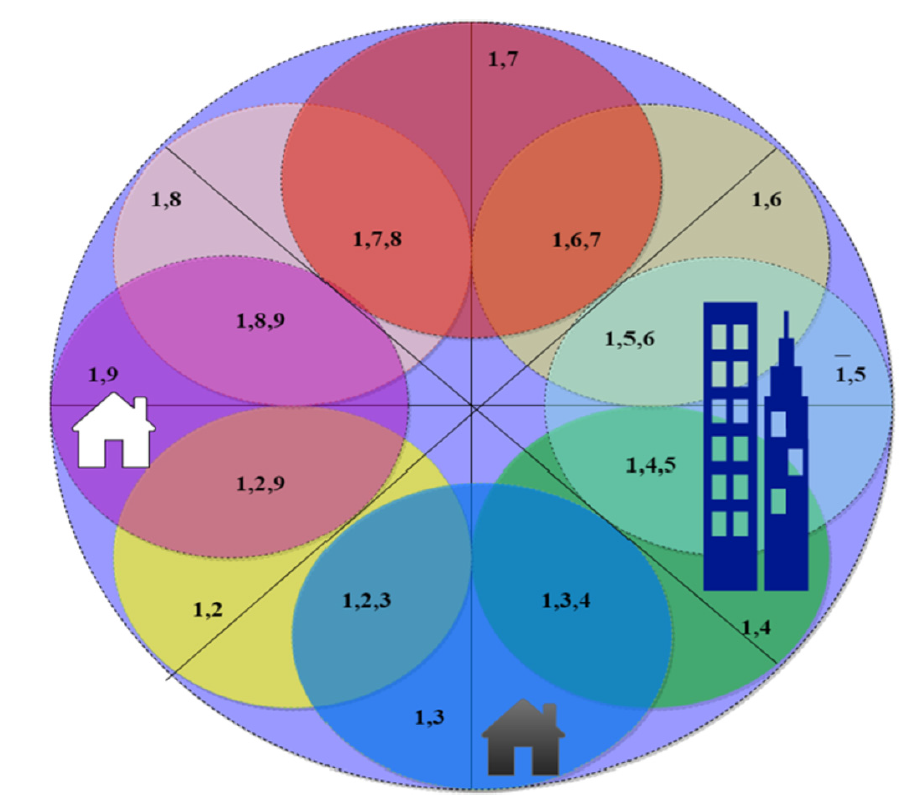Breathing New Life into Old Cellphones Through a Smart Recollection System
Cellphones have undeniably become an important tool used by millions to stay connected in the current information era. However, despite being designed to last for about 10 years, most cellphones are replaced within the first two years. While many would not think about what happens to those older devices, they are becoming part of an ever-worsening problem.
A vast majority of cellphones in their end-of-life (EOL) end up in municipal waste and landfills, where they could pose environmental and health hazards because of certain toxic materials they contain. On the other hand, a large number of EOL cellphones are simply stored away in cupboards or drawers for years.
If we are to create a more environment-conscious society, all EOL cellphones should go through appropriate disposal channels and be refurbished, reused, recycled, or disposed of according to their state and quality. Unfortunately, experience has shown that users don’t go out of their way to dispose of their cellphones appropriately and that manufacturers think the problem is therefore out of their control.
 Nearly 400 million cellphones are discarded yearly around the world, but only one percent of them are recycled properly. (Photo courtesy: Shutterstock)
Nearly 400 million cellphones are discarded yearly around the world, but only one percent of them are recycled properly. (Photo courtesy: Shutterstock)
Now, in a recent study published in the International Journal of Production Economics, a pair of researchers led by Prof. Biswajit Sarkar from Yonsei University, Korea propose a novel approach that could greatly increase the return rate of EOL cellphones. Their method is centered around the use of radio frequency identification (RFID) tags, which are small circuits embedded in all cellphones.
The idea behind this approach is to allow manufacturers to locate EOL cellphones that were either stored away or discarded, by means of RFID tags that can be read remotely even after the cellphone has run out of battery through the “Internet of Things” technology. Prof. Sarkar explains his reasoning, “Traditionally, manufacturers consider the return rate as a variable that is out of their control, providing a way to skip their responsibilities regarding the collection of used devices. We have developed a system in which the return rate is directly under the manufacturer’s control by employing RFID technology, allowing for tracing and retrieving EOL cellphones.”
Detecting discarded cellphones in trash bags is fairly easy using large RFID gates. However, detecting EOL cellphones stored away is trickier. In the proposed system, these are found and bought back from users by scanning large areas using RFID readers—portable devices that emit signals and receive responses from RFID tags.
Moreover, the researchers designed a mathematical model that shows the potential economic benefits of the proposed system for both the users and the manufacturers. Refurbished cellphones, which will mostly be older models, can be sold in secondary markets, where people who cannot afford new cellphones will opt for a functional older device.
If properly implemented, this system could have a very positive economic and environmental impact. Prof. Sarkar remarks, “We propose an approach to achieve sustainable development. This fundamental concept is nowadays one of the main areas of research aimed at creating a circular economy.” Hopefully, this system will be adopted in future to bring new life to old cellphones and keep them away from landfill.

By strategically placing RFID readers, the precise location of old cellphones stored away in buildings can be narrowed down by subdividing the search area. (Photo courtesy: Biswajit Sarkar, Yonsei University)
Updated Aug 2020
Recommended Articles
Professor Jong-Hyun Ahn
Novel technique for producing high-resolution micro-LED displays
Professor Seong Chan Jun
Professor Donghyun Kim
Array of hope: Up close and personal with mitochondria in neurons